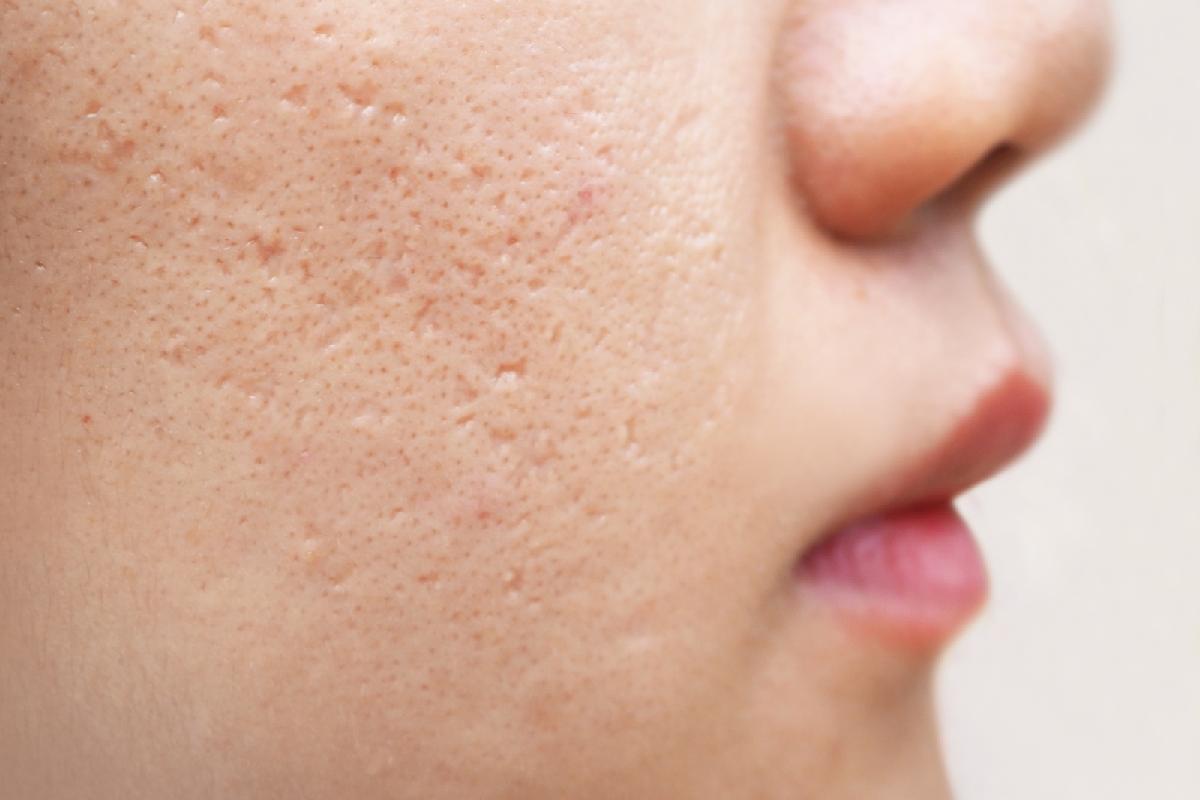Acne scars – Extremely common, acne can cause significant psychological and social suffering. The more severe forms give rise to unsightly scars, which prolong this malaise. There are treatments to erase or reduce them. But before starting, it is necessary to consult a dermatologist who will be the only one to guide you on the method or methods to use for a better result. For more updates please visit our website
Acne affects 80% of people in France, especially in adolescence. Among them, 15% develop severe forms and, as a result, will present, once the acne has disappeared, many unsightly scars, mainly on the face. But such spots are also possible for moderate forms having submitted inflammatory outbreaks in patients who have not followed their treatment well or in those who have manipulated their comedones or other acne lesions.
Table of Contents
The different types of Acne Scars
Acne scars are often hollow and form small depressions; their size and depth vary. They most often sit on the cheeks, forehead and sometimes the chin. There are three types of hollow or depressed scars:
- The “ice pick” scars are thin, measuring 1 to 2 mm in diameter and a few millimeters deep.
- U-shaped or cup-shaped scars: Their diameter is larger than the previous ones, but they tend to be shallower.
- Wide scars with a clean border at the skin level: relatively deep and quadrangular shape.
But scars can vary in shape, size and relief. Some scars are seen as small areas of depigmentation or, on the contrary, of hyperpigmentation without modification of the cutaneous relief. Others may be prominent, and in some cases, there are even hypertrophic or even keloid scars (in the form of an elongated bead), especially in people with black skin, especially on the back of the neck.
Acne scars – Treatment Options
The characteristics, number and location of the scars and the general condition of the patient’s skin will determine the treatment or treatments to erase them and each treatment sequence. Only a dermatologist can define and guide the therapeutic choice and the techniques used. These can be chemical, mechanical, surgical or laser. Here we discuss these different techniques. Laser ablative techniques will be described in more detail in another article.
Chemical Dermabrasion or Peeling
A superficial chemical peel is sometimes proposed before realizing a surgical treatment of the indented scars. It made using fruit acids and other abrasive substances. The goal is to eliminate the superficial layers of the skin ( epidermis and sometimes the superficial dermis ). Depending on the case, the intervention can remain carried out under painkillers or local or general anesthesia. The peeling is preceded by local treatment with a vitamin A cream for several weeks. No subsequent intervention is performed before stabilization of the skin. After a few months, some patients find that the result is satisfactory and do not perform other cosmetic procedures.
Mechanical Dermabrasion
It has the same indications and aims as the living peel, except it passes out mechanically, mainly using an electric rotary cutter with a rough surface. The level of scratch controlled by the speed of turning of the bur and by the pressure exerted by the operating physician.
Ablative laser treatments
After surgery, laser ablative treatment (or thermal dermabrasion) is often necessary to smooth out residual scars for optimal results.
Specific laser techniques treat hyperpigmented or depigmented scars showing no relief concerning the skin level. Therefore, these thermal techniques increasingly used, often in the first intention. The main methods described in our article ” When the laser works wonders “.
Surgical treatment of the three types of indented scars
- These benign lesions most often affect the entire dermis for ice pick scar Their treatment done by excision by “coring” or drilling around the spot using a round scalpel under local or regional anaesthesia. In this way, the scar brought back to the same level as the skin level. This technique makes it possible to erase scar depressions. But it is sometimes necessary to subsequently erase persistent irregularities using laser remodelling. In case of numerous scars, several interventions will remain required to avoid too many sutures.
- For U-shaped or cup-shaped scars: Although less profound and less marked than the previous ones, U-shaped acne scars can also be aesthetically embarrassing for the patient. The surgical treatment of these scars consists of cutting them with a needle fitted with a tip in the shape of a scalpel, which causes the formation of a small hematoma that will fill the scar. For more significant faults, self-transplantation of fatty tissue can remain performed. However, currently, these scars most often treated with fractional laser.
- For large scars with a clean border: Wider, visible and more profound than the previous ones. These scars can remain treated by excision, then elevation of the bottom of the spot, or even by dermal grafting or by self-transplantation of adipose tissue. In most cases, several interventions are necessary to obtain a satisfactory result.


